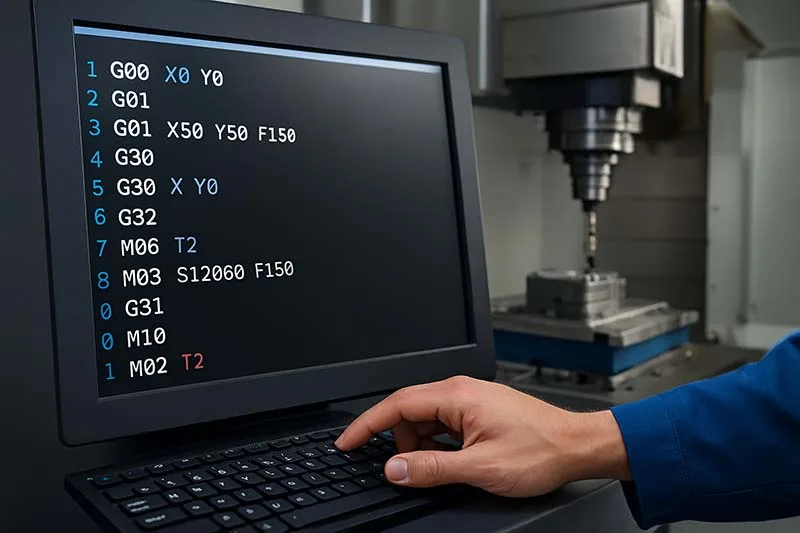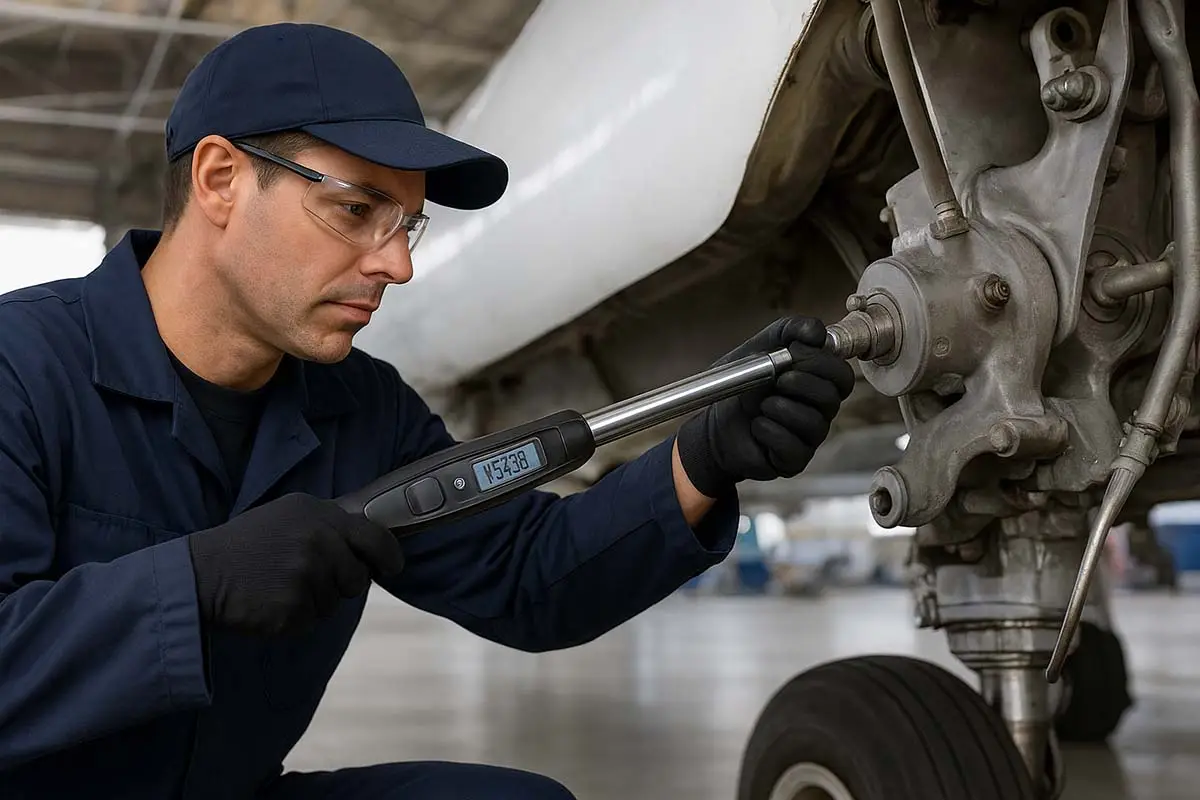Introduction: Why 2025 Will Be a Breakthrough Year for Automation
The industrial landscape is evolving faster than ever. In 2025, automation is no longer just about replacing repetitive tasks—it’s about integrating smart systems, artificial intelligence, and predictive analytics to make manufacturing safer, faster, and more efficient.
Businesses that embrace these trends early will gain a competitive edge, reduce operational costs, and unlock new opportunities for innovation. Let’s dive into the automation trends that are set to transform industry in 2025.
1. AI-Powered Predictive Maintenance
Predictive maintenance powered by AI and machine learning is set to dominate industrial operations in 2025. Instead of following rigid maintenance schedules, smart sensors collect real-time equipment data, detecting anomalies before they become costly failures.
Key benefits:
- Reduced downtime by up to 30–40%
- Optimized maintenance schedules
- Extended equipment lifespan
Lesser-known fact: Some factories are now using AI to predict failures weeks in advance by analyzing subtle vibration patterns and thermal readings—something human engineers could never detect reliably.
2. Autonomous Mobile Robots (AMRs)
Autonomous Mobile Robots are increasingly replacing traditional conveyor systems and human operators for material handling in warehouses and assembly lines. In 2025, expect smarter AMRs with advanced navigation, object recognition, and fleet management capabilities.
Funny fact: Some warehouses now have robots “racing” down aisles, avoiding collisions like real-life Mario Kart, all while boosting productivity.
3. Digital Twins: A Virtual Mirror for Manufacturing
Digital twins—virtual replicas of physical systems—are becoming mainstream in 2025. They allow engineers to simulate, monitor, and optimize entire production lines digitally before implementing changes in the real world.
Benefits:
- Reduced prototyping costs
- Faster troubleshooting
- Enhanced process optimization
Example: Automotive assembly plants use digital twins to simulate line changes for new car models, avoiding costly shutdowns.
4. Collaborative Robotics (Cobots)
Cobots continue to grow in popularity because they can safely work alongside humans. In 2025, expect cobots with better AI perception, adaptive learning, and multi-tasking abilities.
Key advantage: They allow humans to focus on high-skill tasks while robots handle repetitive or hazardous operations, improving safety and efficiency.
5. Edge Computing in Automation
Edge computing is reshaping industrial automation by processing data closer to where it’s generated. This reduces latency, enhances security, and supports real-time decision-making.
Trend to watch: Smart factories leveraging edge devices can instantly detect production anomalies and respond without relying solely on cloud systems.
6. Integration of IoT and Industrial 5G
With the rollout of 5G networks, industrial IoT devices will communicate faster and more reliably. This enables real-time monitoring, predictive analytics, and remote control of machinery across large facilities.
Impact: Greater connectivity leads to faster troubleshooting, better resource allocation, and a reduction in unplanned downtime.
7. Sustainable and Energy-Efficient Automation
Sustainability is now a core requirement for industrial operations. In 2025, automation systems will increasingly focus on energy optimization, waste reduction, and carbon footprint monitoring.
Example: Smart HVAC systems and automated energy management tools help factories cut energy costs while supporting corporate ESG goals.
Automation Trends 2025 FAQ
Further Read
- Industrial Automation Solutions – Industrial Tools
- Industrial Automation Systems: The Backbone of Modern Industry – Industrial Tools
- Process Automation in Manufacturing: The Key to Smarter Production – Industrial Tools
- Automation Companies to Watch in 2025 and Beyond – Industrial Tools
- Automation Machines for Industry: Types, Benefits, and Future Trends
- Automated Material Handling Solutions: Benefits, Types & Future Trends
- Automated Control Systems – Industrial Tools
- Industrial Automation Solutions: Transforming Modern Manufacturing
- Warehouse Automation Tools: Boosting Efficiency in Modern Warehouses – Industrial Tools
- Intelligent Automation Technologies: The Future of Industry – Industrial Tools
- Automated Packaging Systems – Industrial Tools
- Automation Case Studies – Industrial Tools
- Automation Trends 2025: What’s Next for Industrial Innovation – Industrial Tools
Conclusion: Embrace the Automation Wave
Automation in 2025 isn’t just about machinery—it’s about smart, connected, and sustainable systems. Companies that integrate AI, robotics, IoT, and edge computing will gain efficiency, flexibility, and resilience in an ever-competitive industrial landscape.
The future of manufacturing is not just automated—it’s intelligent. Are you ready to ride the wave?
Share your thoughts on which automation trend excites you the most in 2025. Comment below and join the discussion on the factories of tomorrow!





